.jpg)
11
Septic systems have been a critical component of waste management for centuries, evolving significantly over time to become the efficient systems we rely on today. Understanding the history of septic systems provides valuable insights into their development and the importance of maintenance practices such as proper septic tank installation and repair.
Before the advent of modern septic systems, ancient civilizations used rudimentary methods for waste disposal. In Mesopotamia and the Indus Valley, for example, people built simple drainage systems to channel waste away from living areas. The Romans later developed more advanced systems, including public latrines and sewer systems, which were among the first attempts at organized waste management. Despite these innovations, individual waste disposal remained largely primitive, relying on pits or basic cesspools.
The concept of the modern septic system emerged in the mid-19th century, credited to French inventor Jean-Louis Mouras. In 1860, Mouras created a prototype septic tank using concrete and clay pipes to manage household waste. His design allowed for the separation and breakdown of solid and liquid waste within a closed container, pioneering the basic principles of modern septic systems. Mouras’ septic tank was an innovative solution, reducing contamination and health risks associated with open cesspools.
Mouras' invention gained recognition when he collaborated with Abbot Moigno, a priest and scientist, who published findings on the septic tank's efficiency. By the late 19th and early 20th centuries, septic systems began to spread across Europe and North America, particularly in rural areas where centralized sewer systems were impractical. The adoption of septic systems improved sanitation and public health, reducing the incidence of waterborne diseases.
Throughout the 20th century, septic system technology continued to evolve. Materials such as concrete, fiberglass, and plastic replaced earlier designs, enhancing durability and performance. Innovations in septic tank installation techniques and the development of effluent filters improved waste processing efficiency. Additionally, the introduction of leach fields and drain fields enabled better dispersal and treatment of wastewater.
Today, septic systems are highly sophisticated, requiring regular maintenance to function effectively. Proper septic tank installation is crucial to prevent leaks and system failures. Licensed professionals at Charlotte Septic Pros ensure that tanks are appropriately sized and installed according to local regulations, minimizing the risk of future issues.
Septic tank pumping and septic tank cleaning are essential maintenance practices. Over time, solid waste accumulates in the tank, which can lead to blockages and reduced efficiency. Regular pumping, typically every 3 to 5 years, removes this buildup, preventing solids from entering the drain field and causing damage. Septic tank cleaning goes a step further by ensuring that all residue is removed, maintaining the tank’s optimal performance.
Septic tank repair is another critical aspect of modern septic system maintenance. Regular inspections by a septic company like Charlotte Septic Pros can identify issues such as cracks, leaks, or blockages early on, allowing for timely repairs. Addressing problems promptly prevents minor issues from escalating into major, costly repairs and extends the lifespan of the system.
The history of septic systems reflects significant advancements in waste management technology, from early rudimentary methods to the sophisticated systems used today. Innovations in design, materials, and maintenance practices have greatly improved the efficiency and longevity of septic systems. As septic systems continue to evolve, they remain a vital component of modern sanitation, contributing to cleaner and healthier communities.

29
5 Things You’re Doing Every Day That Fill Up Your Septic Tank Faster Your septic system works quietly in the…
Read more
21
Is It Normal for Grass to Grow Greener Over My Septic Tank? If you’ve noticed a patch of grass in…
Read more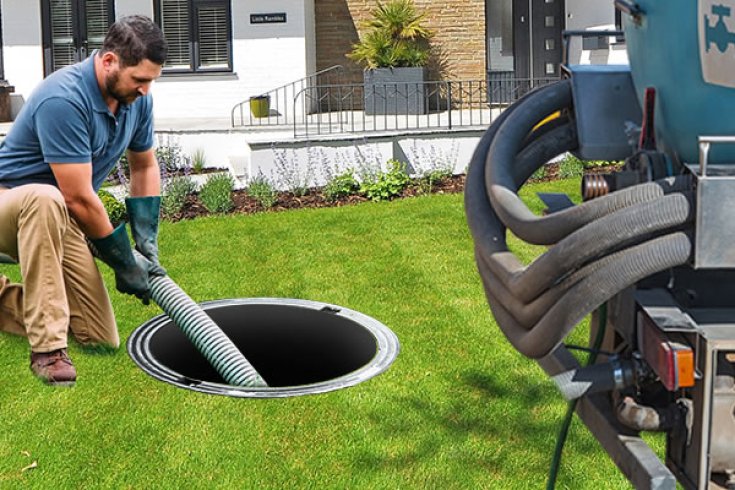
16
Why You Shouldn’t Wait Too Long to Pump Your Septic Tank A septic system works tirelessly behind the scenes to…
Read more
07
Septic Tank Smells? Let’s Talk About What’s Really Going on Underground A septic system is designed to manage wastewater efficiently…
Read more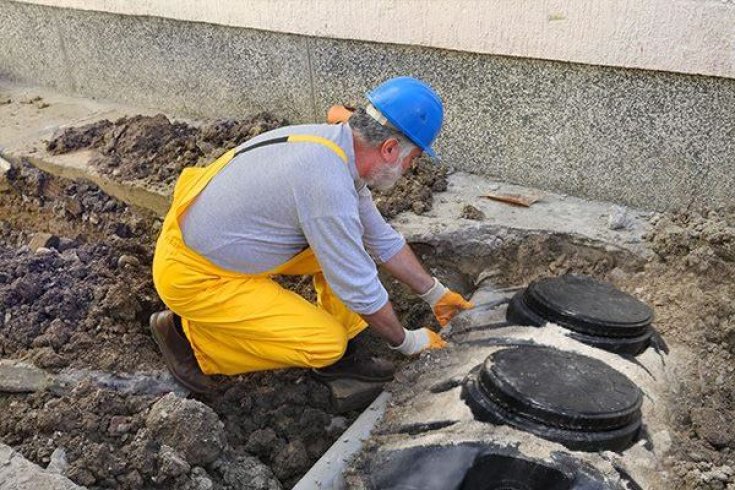
31
Why Neglecting Your Septic Tank Can Affect Your Yard, Home, and Health A well-functioning septic system is essential for managing…
Read more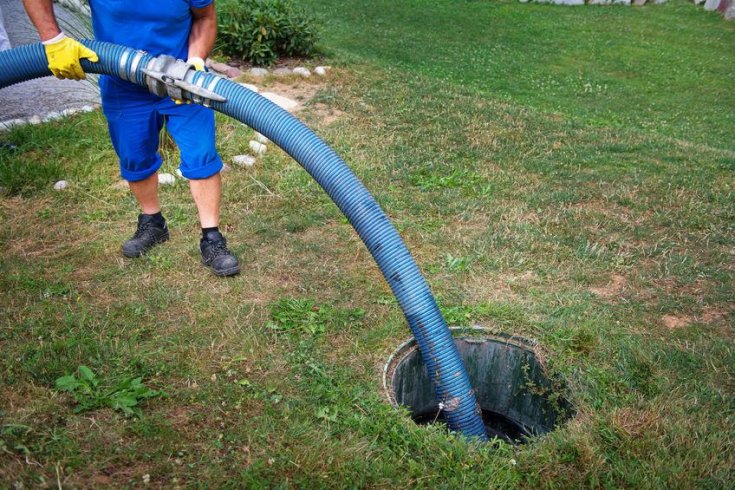
24
How to Prepare Your Septic System for Heavy Rain or Flooding When heavy rain or flooding hits, one of the…
Read more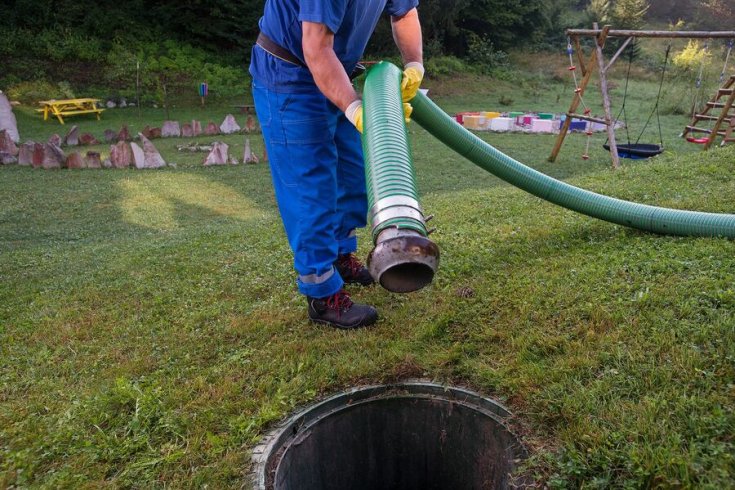
18
Does My Septic Tank Smell Mean Trouble? A well-functioning septic system should work quietly and odorlessly beneath the surface. If…
Read more
11
DIY Septic Maintenance: What You Can and Can’t Do When it comes to your home’s septic system, a little regular…
Read more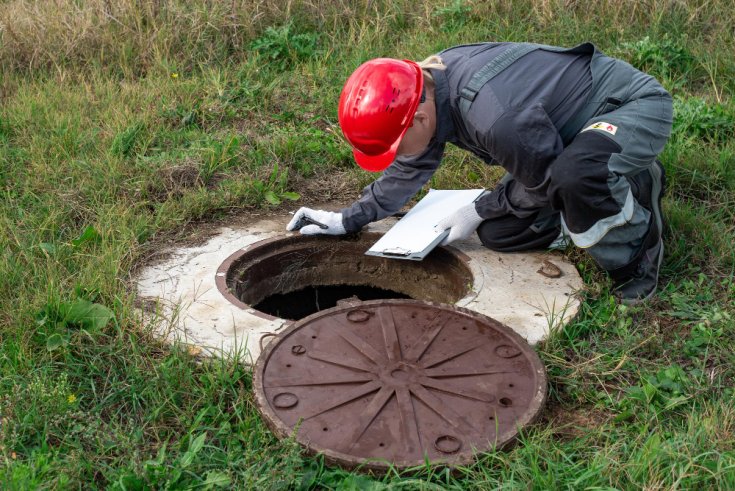
03
Top 3 Warning Signs Your Septic Tank Is Overdue for Service Your septic system is one of the most important…
Read more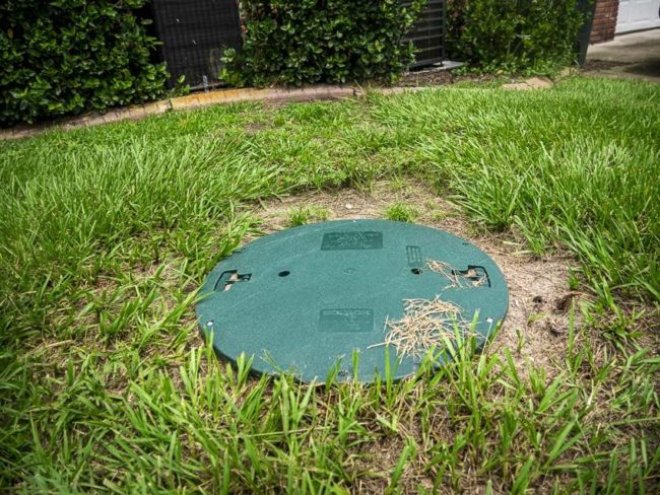
24
Can Rain Affect Your Septic Tank? What to Know During Storm Season Heavy rain is a fact of life during…
Read more